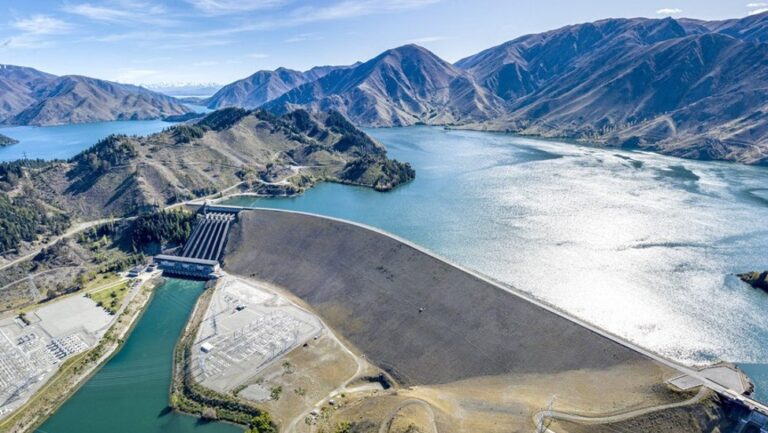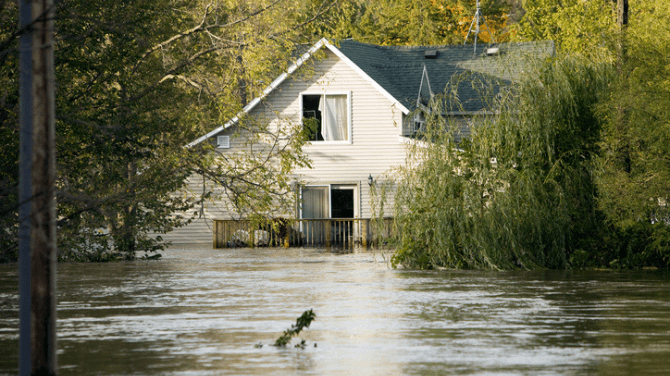In an era where councils are financially constrained, many are still focused on achieving sustainability goals. Globally, we’re seeing councils face similar challenges and examples of innovative solutions for resolving those issues. In this article, our Principal Partner, PwC, examines one council’s journey towards a net zero future. It outlines a project undertaken by an Australian council, that is comparable to many in New Zealand, and provides a roadmap for integrating sustainable practices into council operations.
Contributed by Annabell Chartres, Partner, Sustainability Climate and Nature Leader, PwC New Zealand annabell.l.chartres@pwc.com
Understanding renewable energy
Renewable energy comes from natural sources that are constantly replenished, such as sunlight, wind, and water. Unlike fossil fuels, renewable energy sources produce little to no greenhouse gases, making them a cleaner alternative for power generation. For local authorities, adopting renewable energy can significantly reduce carbon footprints, lower energy costs, and enhance community resilience.
Case study: an Australian city council’s journey to net zero
An Australian city council recently embarked on a mission to achieve its net zero strategy by exploring various renewable energy solutions. The council identified three primary asset classes to target: wastewater treatment plants, streetlighting, and local facilities like swimming pools and community centres. They decided to start with the wastewater treatment plants, aiming to install renewable energy generation and battery storage assets.
Step one: identifying opportunities
The council worked with an advisory partner to identify potential renewable energy solutions, conduct market scans, develop a business case, manage the transaction process, and support contract execution. An energy transition team utilised a comprehensive framework to uncover energy-saving opportunities across four categories: optimising demand, creating resilience, maximising markets, and reducing emissions.
Step two: shortlisting solutions
Thirty-nine potential energy opportunities were identified and then shortlisted based on value, risk, and alignment with the council’s strategic objectives and capabilities. This process resulted in six priority opportunities. A market sounding was also conducted, identifying 26 potential partners and shortlisting 11 based on their alignment with corporate strategy, financial value, commercial model, and solution capability. Ultimately, three vendors were invited to bid as energy partners.
Step three: selecting a vendor
Through a thorough evaluation, the council selected a preferred vendor. This vendor will supply green energy, and provide technical advice to support the build of a solar photovoltaic system, and a Battery Energy Storage System (BESS) on the identified sites. They will also manage and orchestrate the solar and BESS systems and other large energy-intensive assets. The agreement includes the option to look at additional value pools in the future such as community batteries, savings from power factor correction, electric vehicle transition, and electric vehicle charging infrastructure, as well as opportunities in the biogas market.
Step four: implementing the solution
The project led to a net positive value outcome for the client, with a payback period of less than ten years. The renewable energy procurement strategy developed and executed ensured that the city council could effectively transition to renewable energy while optimising costs and enhancing resilience. The project demonstrated the council’s commitment to sustainability and innovation.
Key takeaways for local authorities
Councils have a pivotal role in driving the transition to renewable energy, without an increase in the overall costs of energy, and achieve long-term benefits. It is, though, important to:
- Start with a clear strategy: identify key asset classes and prioritise them based on potential impact and feasibility.
- Seek expert advice: partner with experts who can provide comprehensive market analysis, business case development, and transaction management.
- Evaluate and shortlist: conduct thorough evaluations to shortlist the most viable solutions and partners.
- Implement and monitor: ensure the chosen solutions are implemented effectively and monitor their performance to achieve desired outcomes.
This is a very brief insight into how another council overseas took on the challenge of combining the aspiration of net zero with managing spiralling energy costs in a fiscally constrained environment. If you would like to know more, then please get in contact with us.
Author: Annabell Chartres, Partner, Sustainability Climate and Nature Leader, PwC New Zealand annabell.l.chartres@pwc.com
Alternative Contact: Phil Fisher, Partner Local Government Co-Lead, PwC New Zealand
phil.j.fisher@pwc.com




